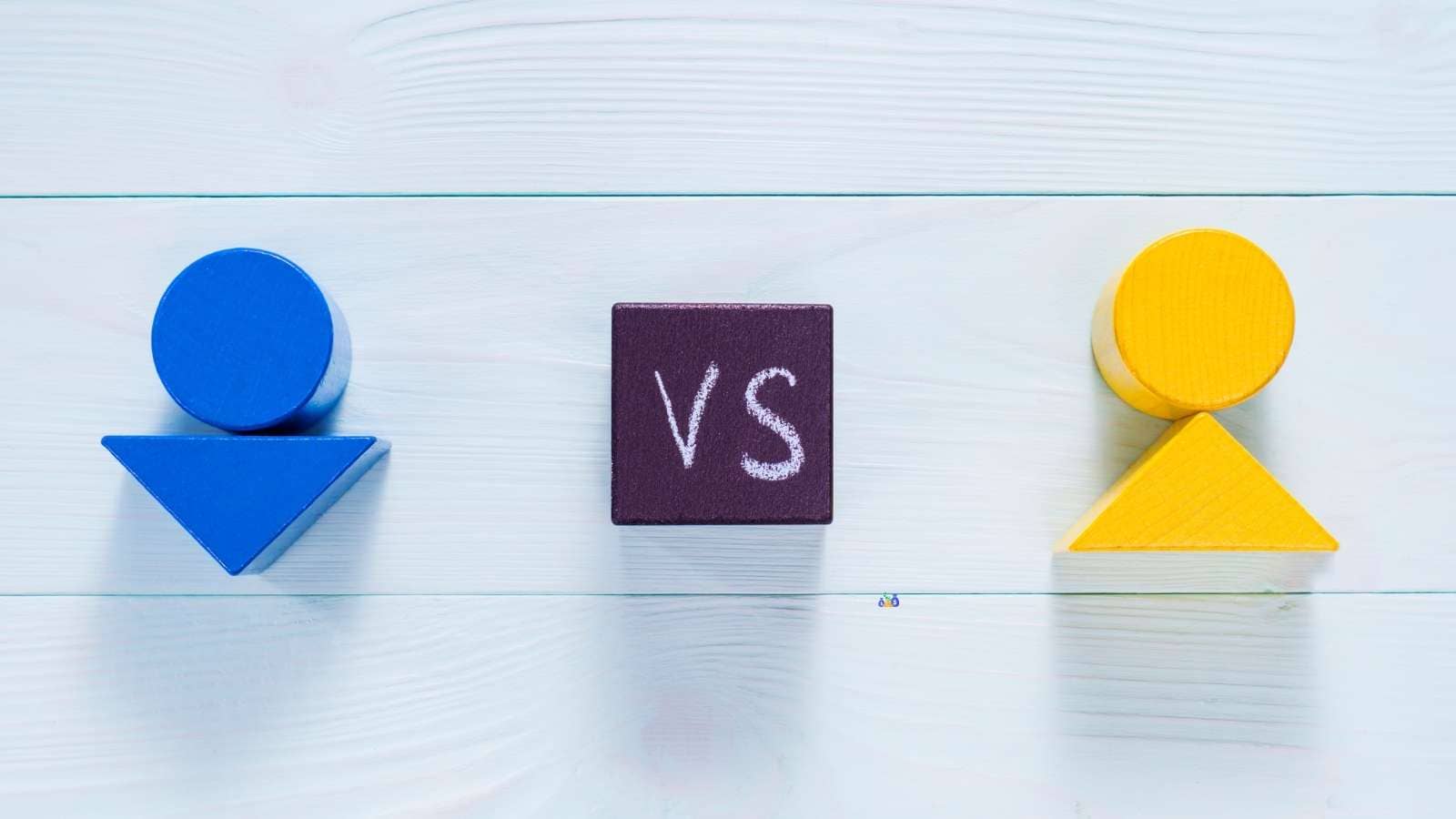ETF vs index fund: Understand the top difference

Ever wondered how to invest in the stock market without the stress of picking individual stocks? Exchange-Traded Funds (ETFs) and index funds make this possible. They both offer a simple, low-cost way to build a diversified portfolio and grow your wealth passively. But which one is right for you?
While both aim to mirror the performance of a market index, they have critical differences in terms of structure, cost, liquidity, investment process, and how you can use them to fulfil your financial goals. Let’s understand those differences in detail below to help you decide whether ETFs, index funds, or a combination of both is your best option.
What are ETFs?
ETFs are a marketable security that trade on stock exchanges, like individual stocks. They are designed to track the performance of a specific index, sector, bond, commodity, or asset class. For example, a NIFTY 50 ETF mirrors the top 50 companies on the National Stock Exchange (NSE).
ETFs combine the diversification of mutual funds and simplicity of stocks. You can buy shares on margin, short sell them, or keep them for the long term. Types of ETFs include:
- Equity ETFs: Track stock indices like Sensex or NIFTY.
- Fixed-income ETFs: Focus on bonds and treasuries that offer stability and income.
- Commodity ETFs: Track commodities like gold or oil, ideal for hedging against inflation.
- Currency ETFs: Invest in foreign currencies or baskets to capitalise on currency movements.
- REIT ETFs: Target real estate markets for property diversification.
- Multi-asset ETFs: Combine stocks, bonds, and other assets for balanced growth.
- Alternative ETFs: Use unconventional strategies like private equity or hedging.
- Sustainable ETFs: Follow Environmental, Social, and Governance (ESG) principles.
What are index funds?
Index funds are passive mutual funds that replicate the performance of a particular market index, such as the NIFTY 50. The fund manager does not actively select stocks or industries for the fund’s portfolio. Instead, they invest in all the stocks comprising the index being tracked. The weight of each stock in the scheme is closely aligned with its weight in the index.
ETF vs index funds | Key differences
Index funds and ETF investments differ in ways that make them appropriate for investors with varying goals, tenures, and investment approaches.
| Feature | ETFs | Index funds |
| Expense ratio | Have a lower expense ratio due to their minimal management costs. | Have a comparatively higher expense ratio. |
| Trading flexibility | ETFs trade like stocks, so you can buy or sell them during market hours at real-time prices. This real-time trading allows you to respond quickly to market changes. | Index funds trade just once per day following market closure. The final price you pay or get is based on the fund’s net asset value (NAV) at the end of the trading day. |
| Investment process | To invest in ETFs, you need a demat and trading account due to their stock market trading nature. | You don’t need a demat account. You can invest directly through the mutual fund company or online platforms. |
| Management style | ETFs follow a passive strategy but also offer actively managed options for specific goals. | Index funds are mostly passively managed and closely track the index. |
How to invest in ETF and index funds?
To invest in ETFs online, open a demat and trading account, search for the ETF option, and purchase shares, like you would do with a stock. Transactions can happen throughout the trading day.
For index funds, you can invest easily through the fund house’s website or app. You can also use an intermediary like a bank or investment platform. You can invest via a lump sum or start a Systematic Investment Plan (SIP) for regular contributions. A demat account is not mandatory for investing in index mutual funds.
Key takeaways
Both Index funds and ETFs have unique benefits and considerations to be aware of. Index funds have advantages like simplicity and direct purchase without a demat account, but ETFs, too, stand out with lower expense ratios, intraday trading flexibility, and greater liquidity.
The final decision depends on your goals, investment style, and preferences. Whether you choose ETFs, index funds, or both, remember the three golden rules: start investing as early as possible, stay disciplined, and periodically review and rebalance your portfolio.




